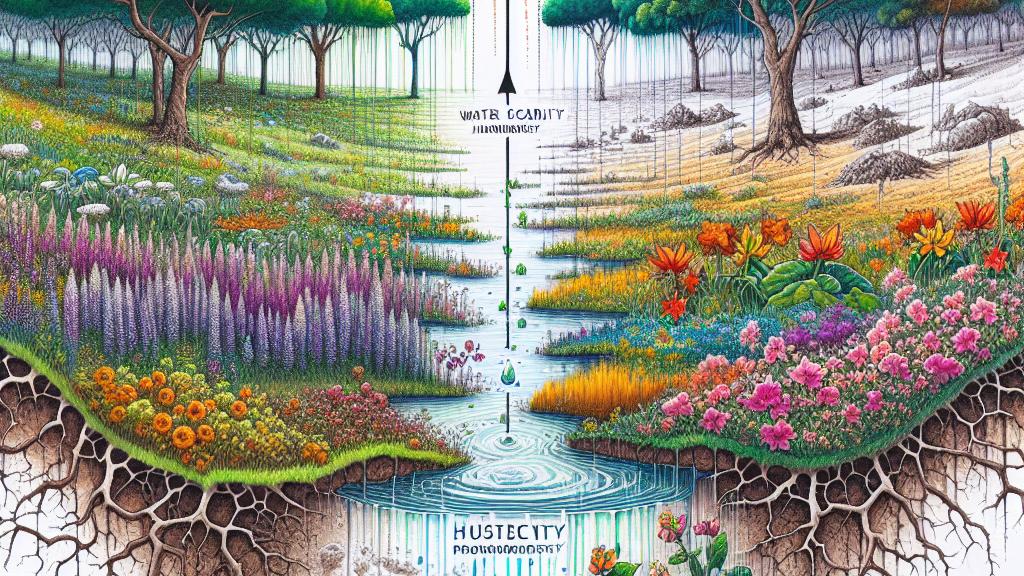Understanding How Less Rain Affects Plants
Overview
- Climate change is causing less rainfall, significantly threatening plant biodiversity across various ecosystems.
- In regions suffering from reduced rainfall, the decline in diverse plant species becomes increasingly apparent as dominant species outcompete others.
- Understanding these environmental consequences is crucial for developing effective conservation and preservation strategies.

The Impact of Reduced Rainfall in Hungary
Recent studies conducted in Hungary reveal a staggering connection between diminishing rainfall and the decline in plant biodiversity. Picture this: lush ecosystems are transforming into arid landscapes, as climate change wreaks havoc. With water becoming a scarce resource, plant species diversity faces an alarming decline—like a vibrant, colorful painting that's slowly fading away. During times of severe drought, dominant species takeover, competing fiercely for limited resources, much like a few students clamoring for the best seat in class. The fallout from this imbalance is dire; not only do less competitive plants struggle to survive, but the intricate ecological web that relies on them also begins to unravel, urging us to rethink how we approach climate's impact on biodiversity.
The Role of Drought in Plant Communities
In this complex ecosystem, drought conditions unfold a fascinating yet troubling narrative. During dry spells, dominant grasses often falter, creating golden opportunities for less common plants to emerge and thrive—think of it like the unexpected hero in a story finally getting their moment to shine. However, when the rains return, the struggle reignites as these formidable species fight to reclaim their hold. This back-and-forth cycle underlines the vital need to protect our plant diversity. Every plant, no matter how small or seemingly insignificant, contributes uniquely to their environment; without a stunning spectrum of species, the delicate structure of life teeters on the brink.
Why Biodiversity Matters
Biodiversity is the lifeblood of our planet—its importance cannot be overstated! Beyond adding beauty to our landscapes, a rich variety of plant life enhances overall ecosystem productivity and plays a crucial role in soil carbon storage, which is essential for fighting climate change. Imagine a flourishing forest bustling with diverse plant life; each one vital for air purification, soil health, and providing habitats for countless creatures. If we ignore the troubling trends linked to decreased rainfall, we risk not only losing unique plant species but also the priceless ecosystem services they provide. Thus, understanding these intricate relationships is not a mere academic pursuit; it is imperative for crafting effective conservation strategies that ensure a flourishing environment for future generations. Let’s advocate for the preservation of every single plant, because in this vast tapestry of life, every strand counts!

Loading...